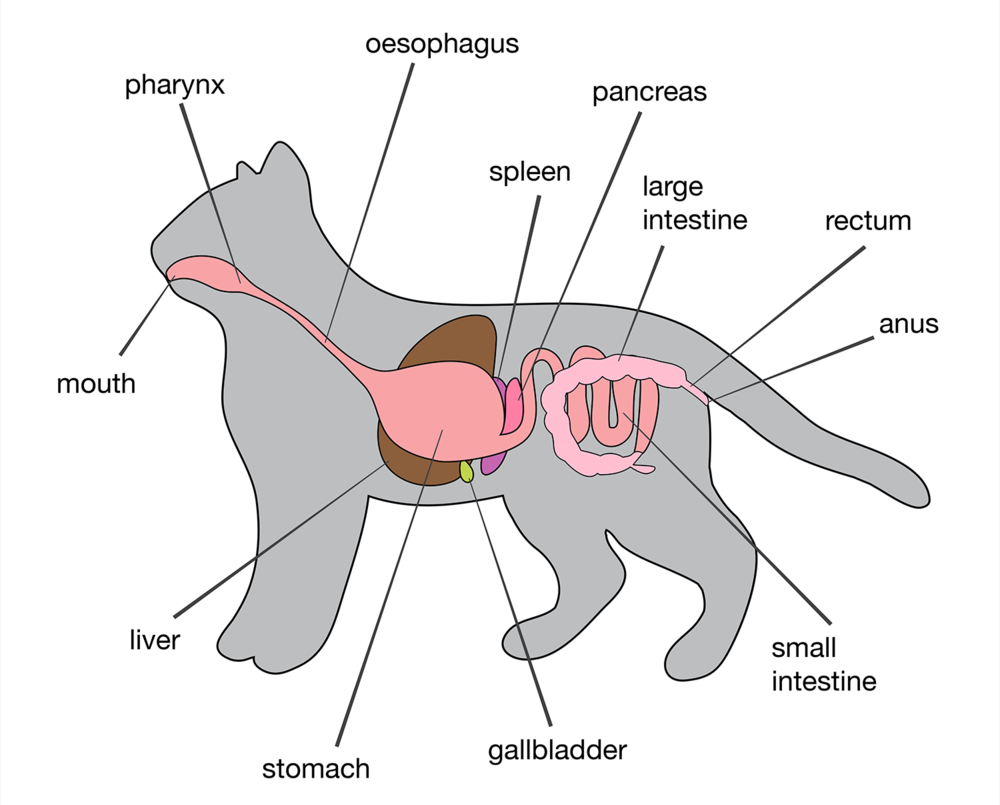Introduction:
Pancreatitis in cats is a complex and potentially life-threatening condition characterized by inflammation of the pancreas. In this comprehensive article, we will explore the considerations and factors involved in determining when euthanasia may be a compassionate choice for cats with severe pancreatitis. By understanding the challenges and ethical considerations associated with end-of-life decisions, cat owners and veterinarians can work together to ensure the well-being and comfort of cats affected by severe pancreatitis.
Pancreatitis in Cats: An Overview:
Pancreatitis is a condition characterized by inflammation of the pancreas, an organ responsible for producing digestive enzymes and regulating blood sugar levels. While pancreatitis can occur in cats of any age or breed, it is more commonly seen in middle-aged to older cats. The severity of pancreatitis can range from mild to severe, with some cases requiring intensive care and medical intervention.
Recognizing Severe Pancreatitis in Cats:
Severe pancreatitis in cats can present with various symptoms and complications. Common signs of severe pancreatitis include:
- Severe Abdominal Pain:
Cats with severe pancreatitis may exhibit signs of intense abdominal pain, such as restlessness, hunching, or reluctance to move.
- Vomiting and Diarrhea:
Severe pancreatitis can lead to persistent vomiting and diarrhea, which can result in dehydration and electrolyte imbalances.
- Anorexia and Weight Loss:
Cats with severe pancreatitis often experience a loss of appetite, leading to weight loss and malnutrition.
- Systemic Complications:
In some cases, severe pancreatitis can lead to systemic complications, such as organ failure, sepsis, or blood clotting disorders.
Determining When to Consider Euthanasia:
The decision to euthanize a cat with severe pancreatitis is a deeply personal and challenging one. It is important to consider several factors, including:
- Quality of Life:
Assessing the cat’s quality of life is crucial. If the cat is experiencing unmanageable pain, suffering, or a significant decline in overall well-being, euthanasia may be considered to prevent further distress.
Recommended:
- Petco Review: The Power of Together
- PetSmart Review: Where Pets Inspire Us
- Hill’s Pet Nutrition Review: Pioneering Pet Health and Nutrition
- Royal Canine Review: Tailored Nutrition for Every Pet
- Chewy Review: Pet Care at Your Doorstep
- Response to Treatment:
If the cat fails to respond to appropriate medical interventions and supportive care, and their condition continues to deteriorate despite efforts, euthanasia may be a compassionate choice to prevent further suffering.
- Prognosis and Long-Term Outlook:
Consulting with the veterinarian to understand the prognosis and long-term outlook for a cat with severe pancreatitis is essential in making an informed decision. If the prognosis is poor and the cat’s future is filled with pain and discomfort, euthanasia may be the kindest option.
- Financial and Emotional Considerations:
Consider the financial and emotional resources required to provide ongoing care for a cat with severe pancreatitis. If these resources are limited, it may be necessary to consider euthanasia to prevent unnecessary suffering.
The Role of Palliative Care:
In cases where euthanasia is not immediately necessary, palliative care can be implemented to improve the cat’s comfort and quality of life. This may include:
- Pain Management:
Working closely with the veterinarian to provide appropriate pain relief medications can help alleviate discomfort and improve the cat’s well-being.
- Nutritional Support:
Ensuring the cat receives adequate nutrition through specialized diets or feeding tubes, if necessary, can help maintain strength and overall health.
- Environmental Enrichment:
Creating a calm and stress-free environment for the cat, with comfortable resting areas and familiar stimuli, can contribute to their overall well-being.
- Regular Monitoring and Communication:
Maintaining open communication with the veterinarian and scheduling regular check-ups allows for ongoing assessment of the cat’s condition and adjustment of the palliative care plan as needed.
Conclusion:
Deciding when to consider euthanasia for a cat with severe pancreatitis is a deeply personal and emotional decision. By considering the cat’s quality of life, response to treatment, prognosis, and available resources, cat owners and veterinarians can make compassionate choices to prevent unnecessary suffering. Palliative care can also play a vital role in providing comfort and support during the cat’s final days. Remember, open communication with the veterinarian and seeking support from trusted professionals can help navigate this challenging journey.
References:
- Steiner, J. M. (2006). Diagnosis of pancreatitis in cats. Veterinary Clinics: Small Animal Practice, 36(2), 305-312.
- Xenoulis, P. G. (2015). Diagnosis of pancreatitis in dogs and cats. Journal of Small Animal Practice, 56(1), 13-26.
- Simpson, K. W. (2015). Pancreatitis in dogs and cats. Topics in Companion Animal Medicine, 30(1), 8-17.
- Williams, D. A., & Battaglia, C. L. (2018). Feline pancreatitis: A review. Journal of Feline Medicine and Surgery, 20(3), 228-240.



